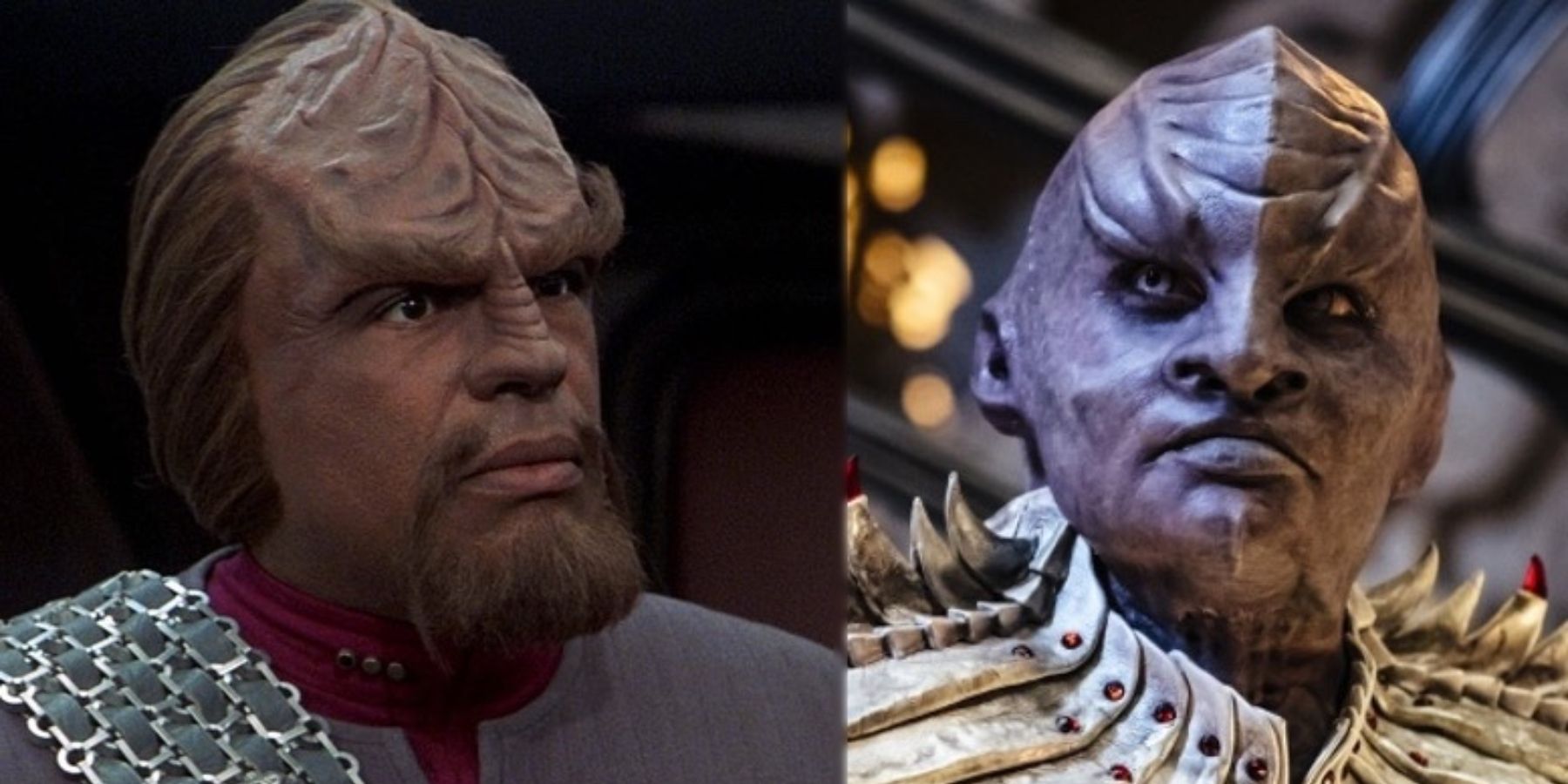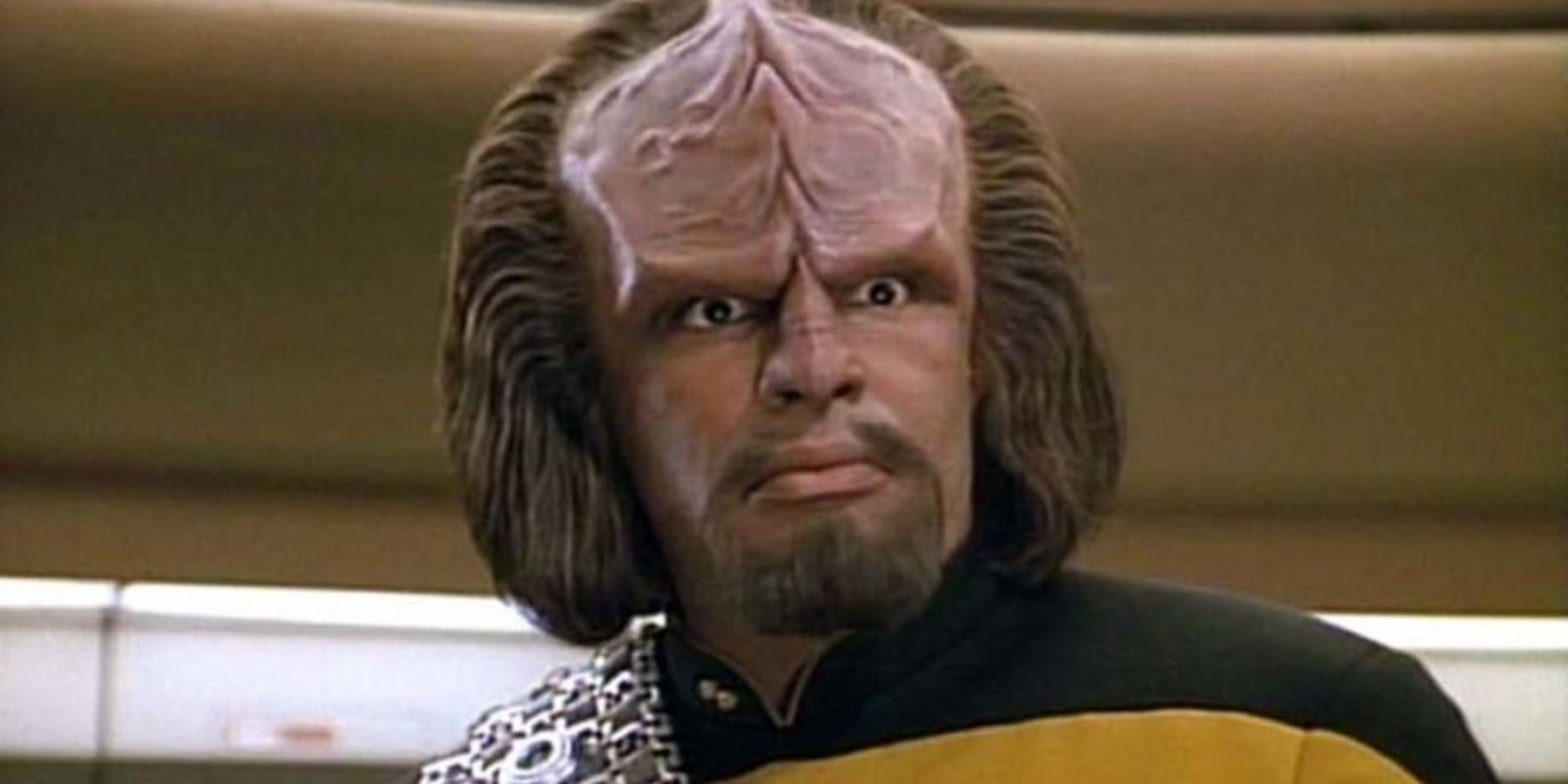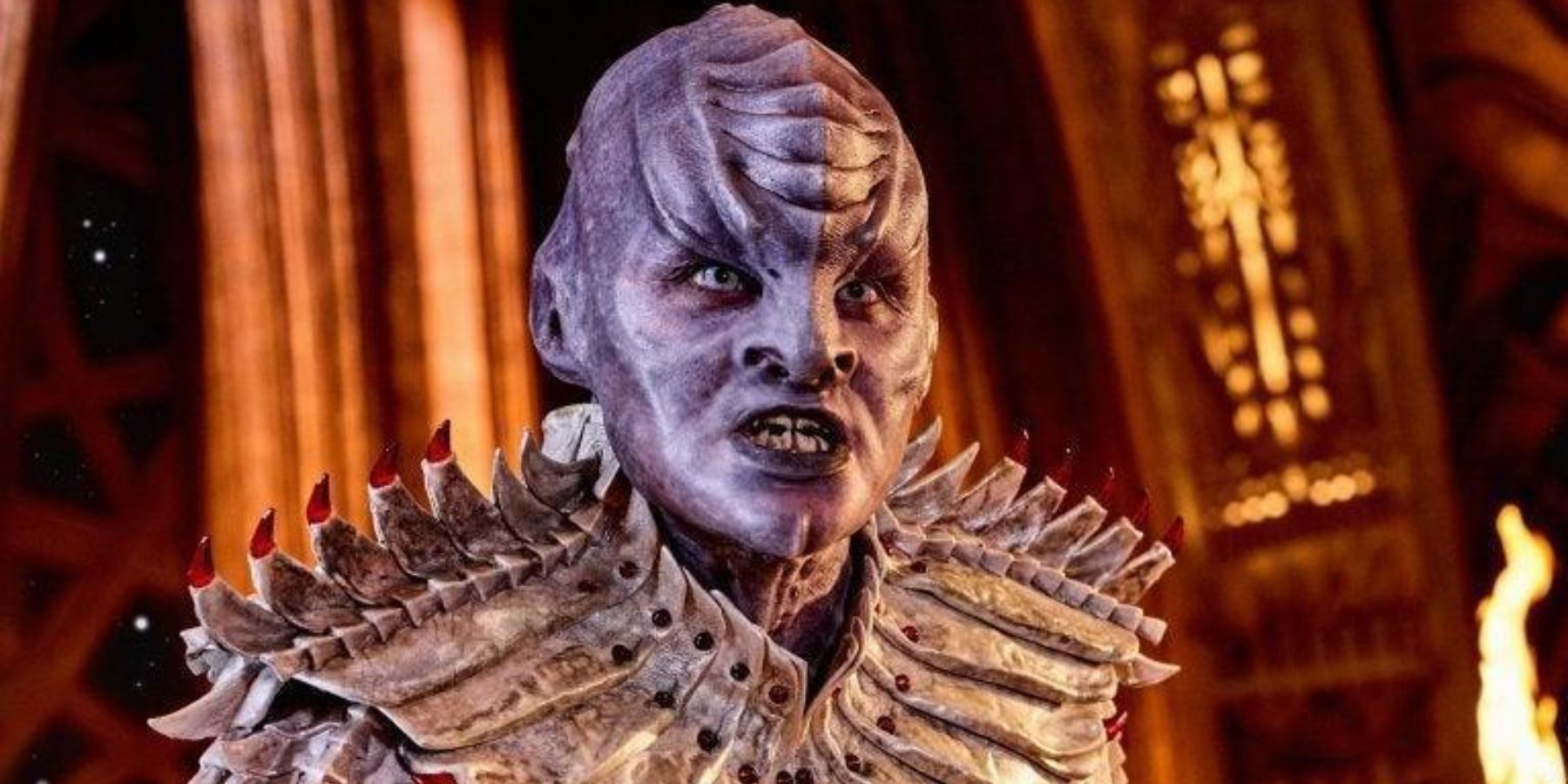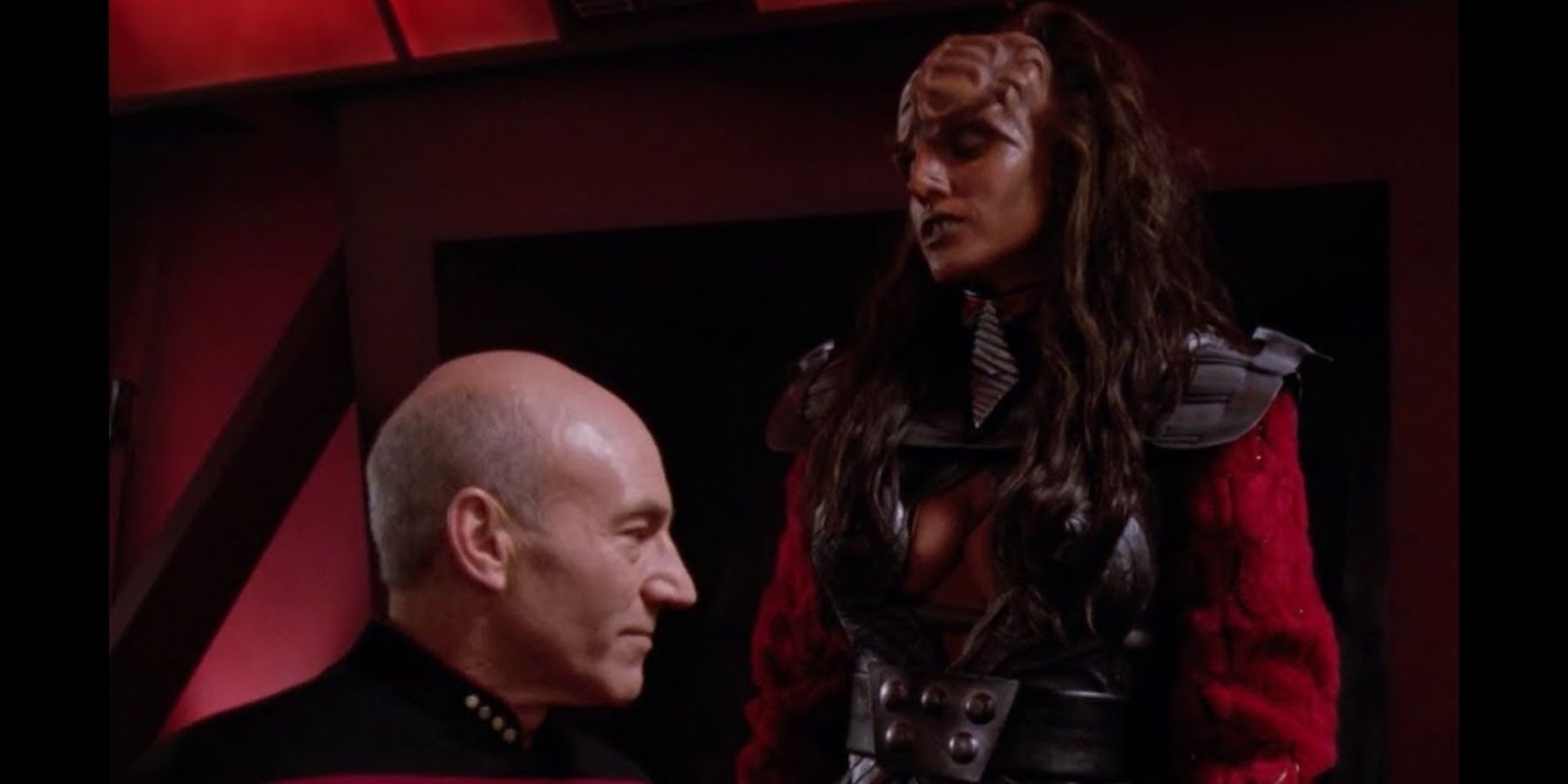Star Trek brought audiences a dizzying array of alien species, from one-off creations such as the Kradin and Deltans who appear in only one episode, to the fan favorites such as the Vulcans and Romulans. The Klingons, potentially the most guttural and memorable of these, have gone through a lot throughout the multiple additions to the universe. Not only have they seen various redesigns, but also slight tweaks to portrayals of their character and culture.
The Klingons are a race of humanoids, typically shown with a warmongering and aggressive culture characterized by prideful ruthlessness and brutality. This was how they were portrayed in the original series, but later adopted the trademark deep respect of honor and loyalty in addition to this. Their greatest honor is to die in battle. They are founded on tradition, with a rich history of mythology akin to the ancient Norse. While heavily influenced by the Norse Viking tradition, screenwriter Gene L. Coon, who was responsible for the creation of the Klingons, based their culture, unfortunately, on Asian stereotypes, as well as the then-topical Soviet Russia.
The design differences for the Klingons are by far the biggest differences between their portrayals, going through arguably five different iterations since their first appearance in Star Trek: The Original Series. Their look during this early time was the result of outdated orientalism views, as well as due to budget constraints. Brown shoe polish was used to coat the white actors faces, and they sported traditional Asian haircuts as well as thin mustaches. At this point in Star Trek history they were incapable of honor, and were more akin to wild animals. They were shown without redeeming qualities, as brutish, scheming, and murderous beings, quickly becoming Captain Kirk’s (played unforgettably by William Shatner) primary antagonists.
The Klingons stayed the same until 1978 when Star Trek: The Motion Picture was released. With the much higher budget, their appearance was radically changed, most notably giving them their characteristic ridged foreheads (based on dinosaur vertebrae) and large spiked teeth. Their uniforms changed too, now reminiscent of a dark and moody feudal Japanese armor, sparking the first notion of them being an honorable race. While keeping the same bronzed skin, they thankfully moved away from the rather outdated stereotypes. This look stayed relatively similar when they returned in The Next Generation, Deep Space 9, and Voyager.
It was during these additions to the franchise that the Klingons really grew as a culture, partly due to the show's creators wanting to make them more three-dimensional, but also because they decided to include the character of Worf (Michael Dorn), the first Klingon in Starfleet. It was through his eyes that audiences experienced a side of the Klingons never seen before, and were introduced to their rich history and culture. This made them less of a race of villainous antagonists, and instead one of honor-driven warriors. The Klingons kept their characteristic strength and fearsome demeanor, yet showed a virtuous and righteous side.
Up until this point the appearance change was somewhat swept under the carpet. Gene Roddenberry stated that there didn't have to a specific reason, they just look different. Unsatisfied with this, and potentially looking for engaging storylines, producers of the very divisive Enterprise series, Rick Berman and Michael Piller, decided to create an in-universe explanation for this. They did this through the virus trope, one that almost wiped out the Klingons, called the Augment virus. It would kill all those infected, one side effect being the loss of the classic ridges, until a cure was found. Unfortunately, any physical mutations that occurred during the patients' illness would remain, and thus the forehead ridge-less Klingons seen in the original series are descendants of those effected by the virus. Many believe this to be poor writing as it only half explains the differences, but for in-universe explanations, this is the official line.
While there has been a distinct lack of Klingons present in Picard, they have been heavily relied on for plotlines in Star Trek: Discovery, their appearance once again having been modified. Their design has been critiqued for trying to fix something that was not broken, with much more facial and teeth prosthetics and even more elongated foreheads. They also lacked the classic Klingon hair-do, as they were initially bald in season 1, but later re-haired in season 2. Producers claimed that their lack of hair was ceremonial during the time of war with the Federation, despite them rocking the culturally inappropriate Asian haircuts during the Original Series. They also donned much more intricate, bone-like armor in Discovery, and were far more governed by religious fanaticism than previous depictions.
With the next season of Discovery coming soon, it will be interesting to see what role the mighty Klingon empire, if any — especially considering the vast time jump. Due to the mixed reviews and divided audience over the new Klingon design, it’s more likely the series will avoid them completely. It will also be exciting to see whether Picard Season 2 decided to do anything with the favored forehead ridged battle angles, torn between the established Next Generation look, and the new age discovery, or whether they’ll try and avoid the controversy entirely.




